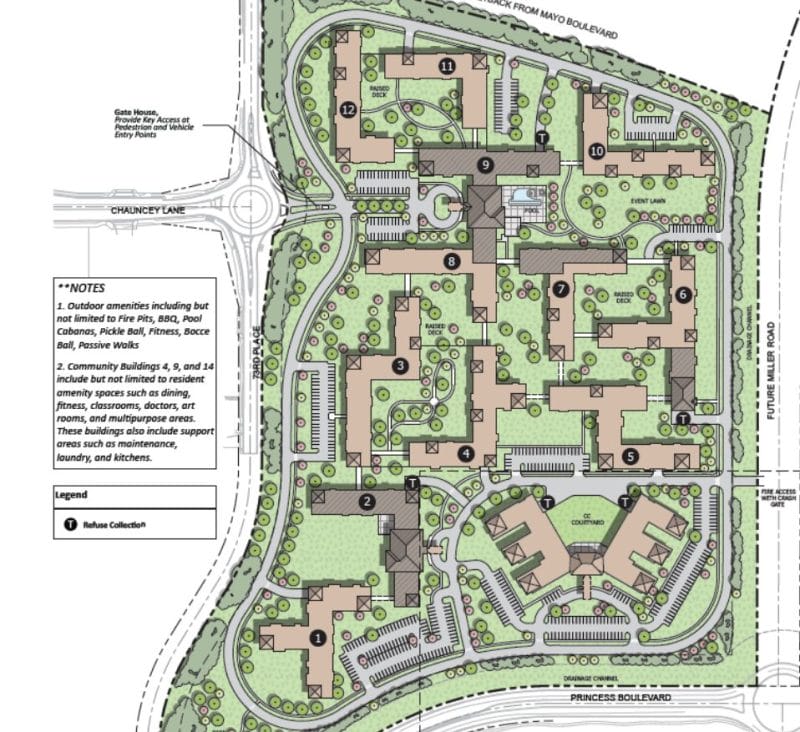
The current drug crisis is different from previous ones. Some say it requires a new mode of thinking.
By Mattie Quinn | Governing
The crowd was overflowing at a nondescript convention center in suburban Maryland, a few miles from the Baltimore airport. The event had originally been capped at 350, but organizers had to make plans for an overflow room, seating an additional 150 people. Despite that, registration still maxed out days before the conference took place.
Any event that brings together three regional leaders in the same room — in this case, Maryland Gov. Larry Hogan, Virginia Gov. Terry McAuliffe and Washington, D.C., Mayor Muriel Bowser — is noteworthy. But that’s not why the overcapacity crowd had shown up on an unseasonably chilly day in May. It’s because they were all there to discuss the opioid epidemic.
Hogan, who issued a state of emergency for Maryland’s opioid overdose problem in March, told attendees at the conference that his state had been doing everything within its power to address the epidemic, without much success. He seemed almost to be pleading with the crowd when he said, “We’re throwing everything we have at this.”
But are we?








